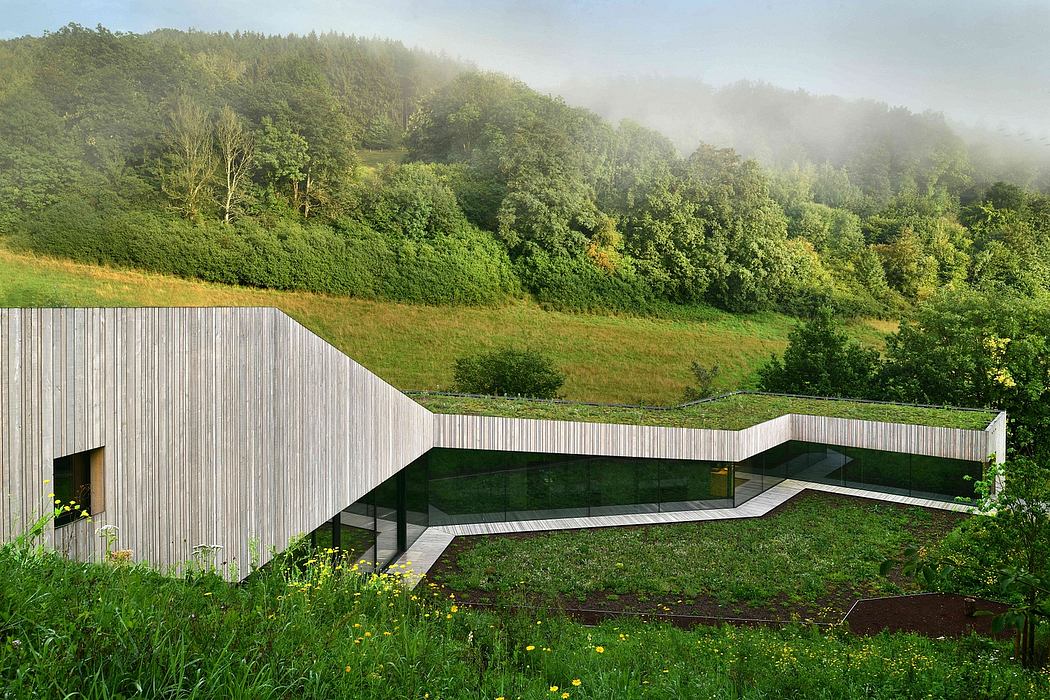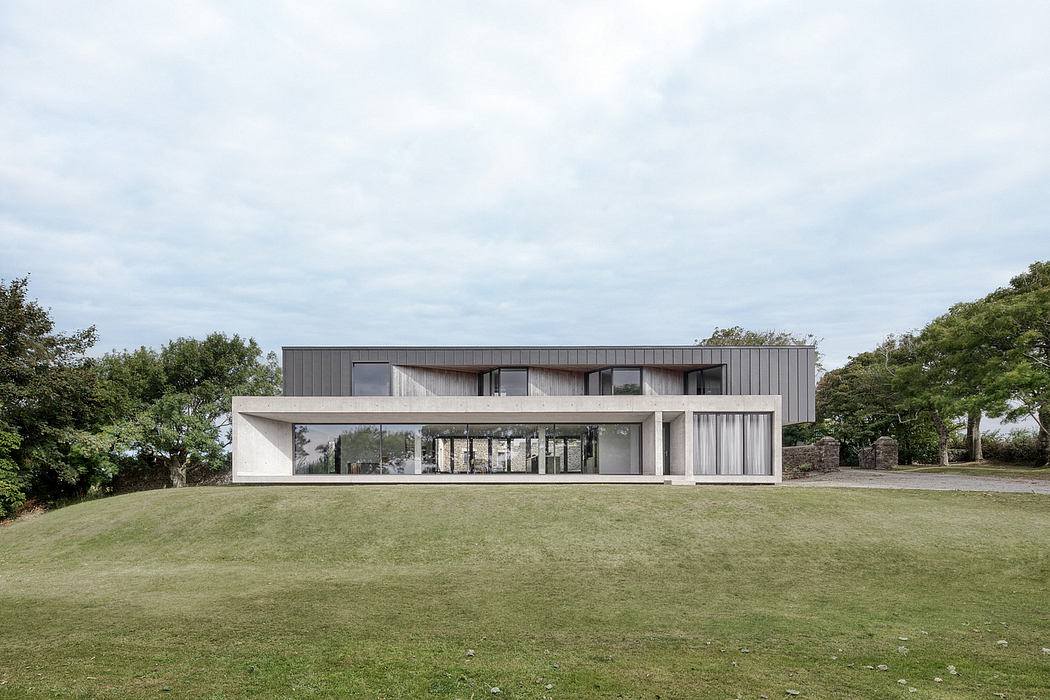Pisé ? Rammed Earth

Pisé ? Rammed Earth. Tradition and Potential
Edited by Roger Boltshauser with Cyril Veillon and Nadja Maillard
Triest, 2019
Paperback | 8-3/4 x 12 inches | 304 pages | 400 illustrations | English (also available in French and German editions) | ISBN: 9783038630289 | ?60
PUBLISHER'S DESCRIPTION:
This book for the first time illustrates the history and significance of rammed earth construction in Central Europe, particularly in Switzerland, using historical examples to investigate the potential of that building technique for contemporary construction. As such, it represents a pioneering comprehensive documentation that will contribute to safeguarding existing architectural monuments, while also providing the foundation for further research. Based on that evidence, the editors investigate the material?s potential for modern day edifices, especially from the perspective of regional architecture claiming to establish identity and save resources.
Due to the material?s advantages ? rammed earth is strong, durable and non-combustible as well as providing quality indoor air conditions ? it was already used in the 16th and 17th centuries. Today, disadvantages such as on site weather-dependency can be circumvented by using prefabricated elements. Possible load bearing problems solely due to pressure can be bypassed by pre-stressing the structure. By carrying out measures such as these, the building material ? being ecologically sustainable and completely recyclable ? will become an...
| -------------------------------- |
| Michael Candy creates robotic walking chairs that "amble" through space |
|
|












